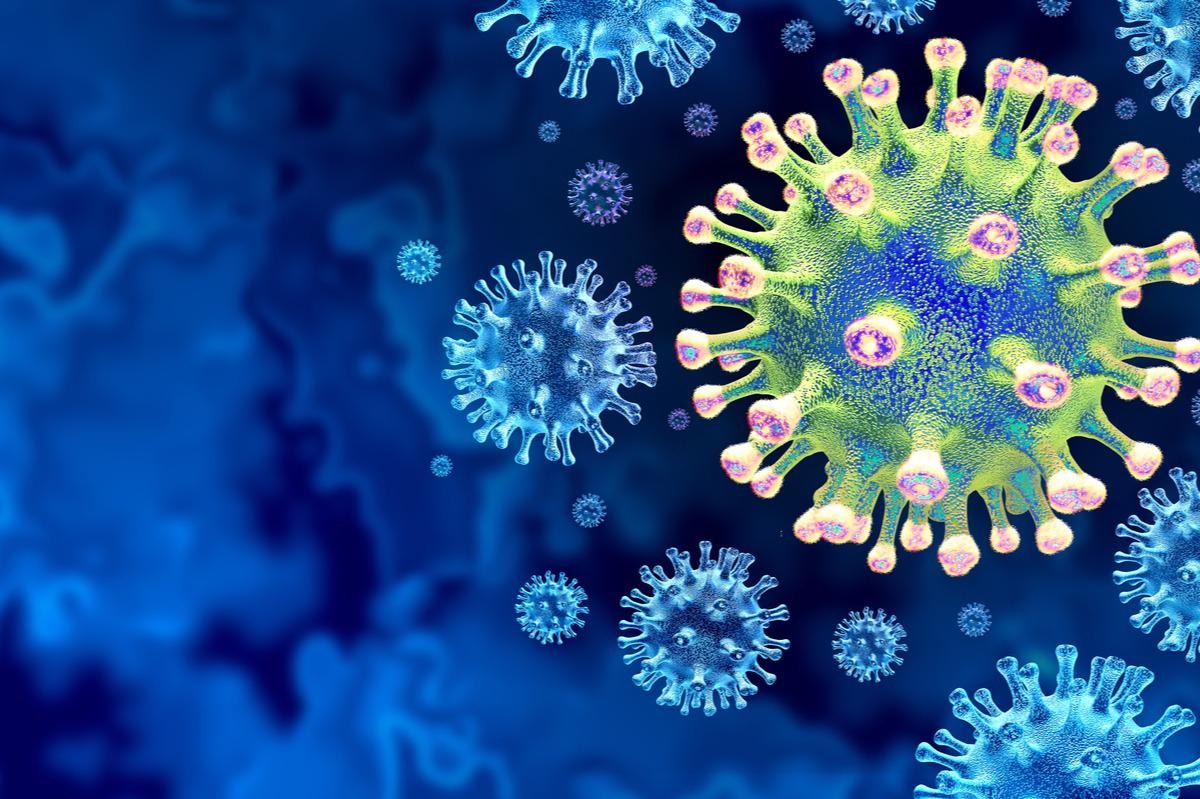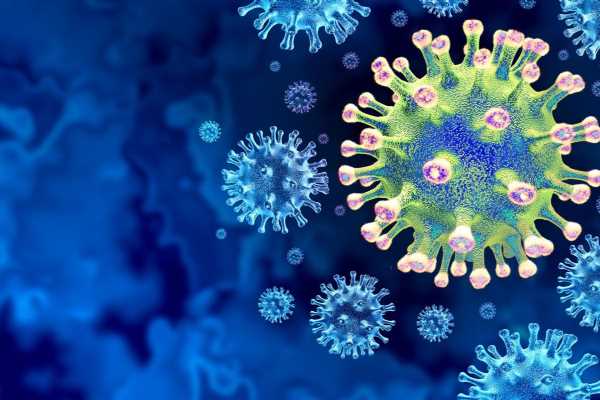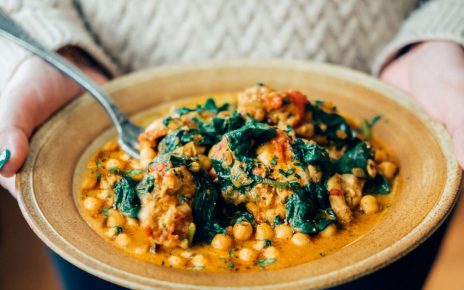In a recent study posted to the medRxiv* pre-print server, researchers used an economic model to project the differences in the clinical and economic impact of messenger ribonucleic acid (mRNA)-1273 and BNT162b2 booster vaccines among the adult population of the United States (US) for 2022.

Real-world data and predictive modeling have shown that protection against coronavirus disease 2019 (COVID-19) varies by vaccine type, the number of vaccine doses, and the timing since vaccination. Additionally, initial vaccine effectiveness (VE) and waning differ for the circulating SARS-CoV-2 variants.
About the study
In the present study, researchers explored three scenarios to match three mRNA booster market share scenarios:
i) where the booster mix given in December 2021 continued throughout 2022, referred to as the current scenario,
ii) where only the mRNA-1273 booster would continue in 2022, referred to as the mRNA-1273 scenario and,
iii) where only the BNT162b2 booster would continue in 2022, referred to as the BNT162b2 scenario.
In the US, 94.7% and 93.7% of people who received the BNT162b2 or mRNA-1273 primary series also received the BNT162b2 or mRNA-1273 boosters, respectively. However, of those who received the Ad26.COV2.S vaccine during the primary vaccination, 41.8% received the mRNA-1273 booster whereas 31.1% received the BNT162b2 booster.
Additionally, they performed sensitivity analyses to investigate the effect of COVID-19 prevalence in unvaccinated individuals and VE using the model predicted values. The economic analyses of the study were made from a US healthcare perspective. Since the current study used a decision-analytic model, it used a decision tree to estimate COVID-19 consequences and costs.
The study model projected three specific booster market share scenarios for 2022 to examine the hypothetical impact of changing the mix of boosters to 100% mRNA-1273 or 100% BNT162b2. It estimated the size of the US adult population and the number of patients receiving the primary series only and primary series with a booster dose and computed the number of severe acute respiratory syndrome coronavirus 2 (SARS-CoV-2) infections in each group.
For each month, the model grouped study participants into unvaccinated, vaccinated with primary series, and vaccinated with primary series plus booster. For the last two groups, the researchers reduced the incidence of infection according to the VE and recalculated each month to account for waning based on time since vaccination. They used May as the anchor month to calculate the period since the primary series for the VE calculations for each month for those who received the primary series in 2021.
For those who received a booster dose in 2021, the team assumed that the booster was received in November. The estimate of the primary series VE was an average of the waning adjusted VE weighted by the proportion of people receiving each primary series. Similarly, they estimated booster VE as a weighted average of the waning adjusted VE and the proportion of people receiving each booster.
The primary study outcomes were outpatient visits, hospitalizations, and mortality from COVID-19 in 2022.
Study findings
For the current scenario, the model predicted 3.4 million hospitalizations, 65.2 million outpatient visits, and 636,100 deaths. The mRNA-1273 scenario reduced these outcomes, whereas the BNT162b2 scenario increased them compared to the current scenario.
The results for January 2022 were excluded from the analysis when case incidence surged due to the new SARS-CoV-2 variant of concern (VOC) Omicron. The reported COVID-19 outpatient visits, hospitalizations, and deaths between February and December 2022 were 17.9 million, 965,600, and 182,800, respectively. During this period, mRNA-1273 boosters reduced the outcomes by 2.3% to 2.8%, whereas BNT126b2 use increased them by approximately 1.4% to 2.1%.
In all scenarios examined during the study, the three study outcomes increased when the VE was lower and decreased when the VE was higher. Nevertheless, the mRNA-1273 booster prevented COVID-19 better than the BNT162b2 booster.
Although the incidence of COVID-19 was highly uncertain for 2022, varying incidence rates (low to high) did not alter the overall model results. In the 100% mRNA-1273 booster scenario, there were lesser outpatient visits, hospitalizations, and deaths. Further, it also decreased the associated costs compared to the current scenario and 100% BNT162b2.
Conclusions
Regardless of the COVID-19 incidence or the circulating SARS-CoV-2 variant, the study data indicated that the mRNA-1273 booster was more effective than the BNT162b2 booster in averting COVID-19 cases and hospitalization over time. Thus, increasing the number of US citizens receiving the mRNA-1273 booster may reduce the number of COVID-19 cases and associated costs in 2022.
*Important notice
medRxiv publishes preliminary scientific reports that are not peer-reviewed and, therefore, should not be regarded as conclusive, guide clinical practice/health-related behavior, or treated as established information.
- Michael Maschio, Kelly Fust, Amy Lee, Nicolas Van de Velde, Philip O Buck, Michele Kohli. (2022). Clinical and Economic Impact of Differential COVID-19 Vaccine Effectiveness in the United States. medRxiv. doi: https://doi.org/10.1101/2022.03.31.22272957 https://www.medrxiv.org/content/10.1101/2022.03.31.22272957v1
Posted in: Medical Science News | Medical Research News | Disease/Infection News
Tags: Coronavirus, Coronavirus Disease COVID-19, covid-19, Healthcare, Mortality, Omicron, Respiratory, Ribonucleic Acid, SARS, SARS-CoV-2, Severe Acute Respiratory, Severe Acute Respiratory Syndrome, Syndrome, Vaccine

Written by
Neha Mathur
Neha is a digital marketing professional based in Gurugram, India. She has a Master’s degree from the University of Rajasthan with a specialization in Biotechnology in 2008. She has experience in pre-clinical research as part of her research project in The Department of Toxicology at the prestigious Central Drug Research Institute (CDRI), Lucknow, India. She also holds a certification in C++ programming.
Source: Read Full Article



